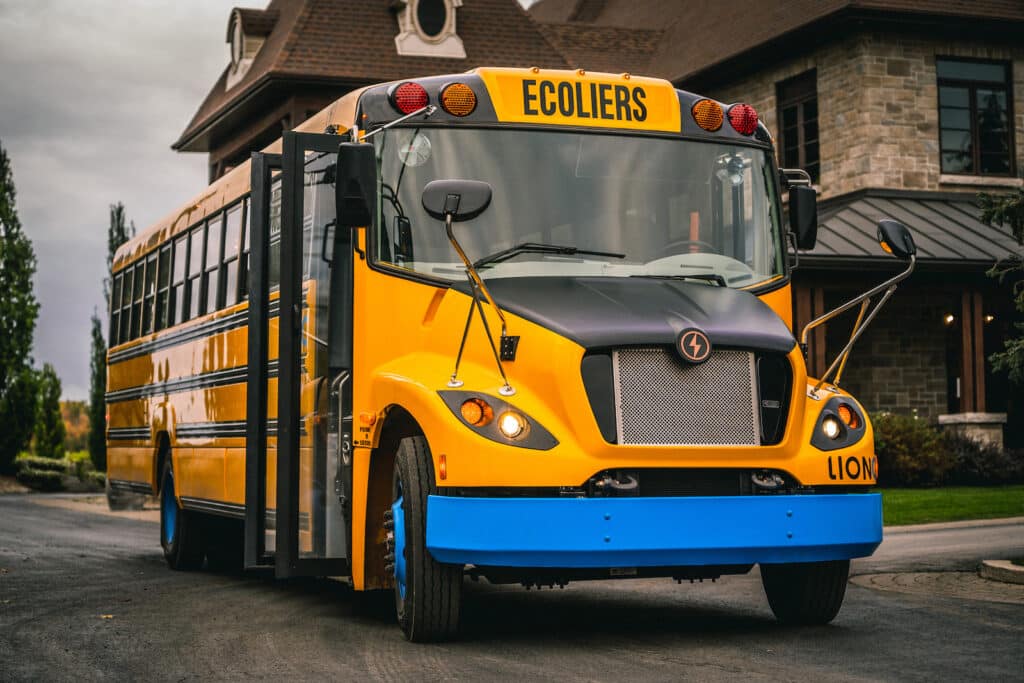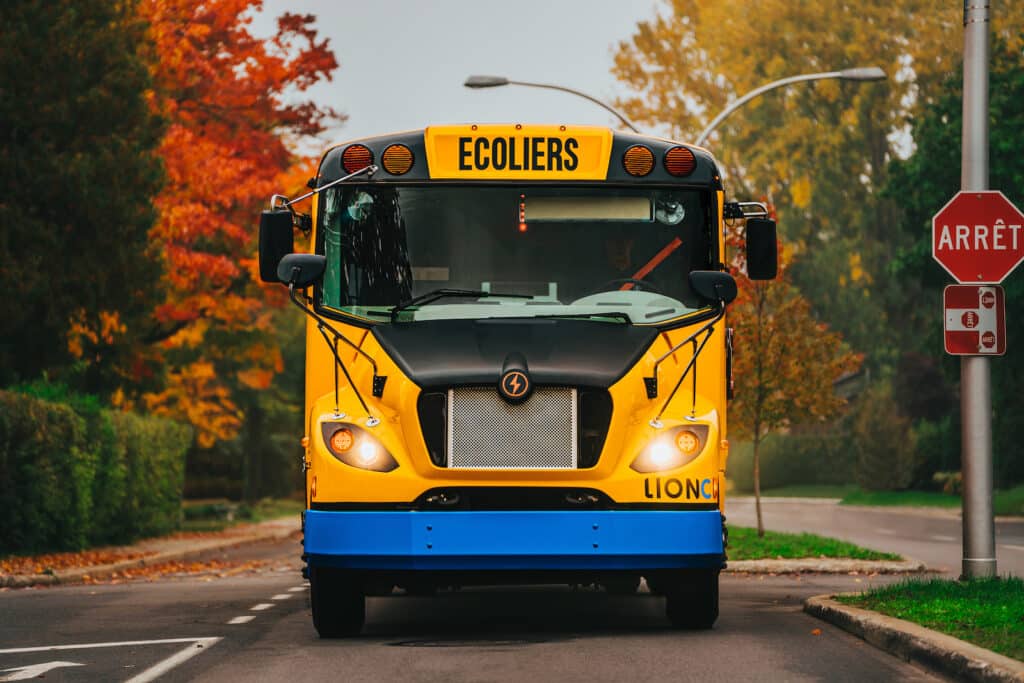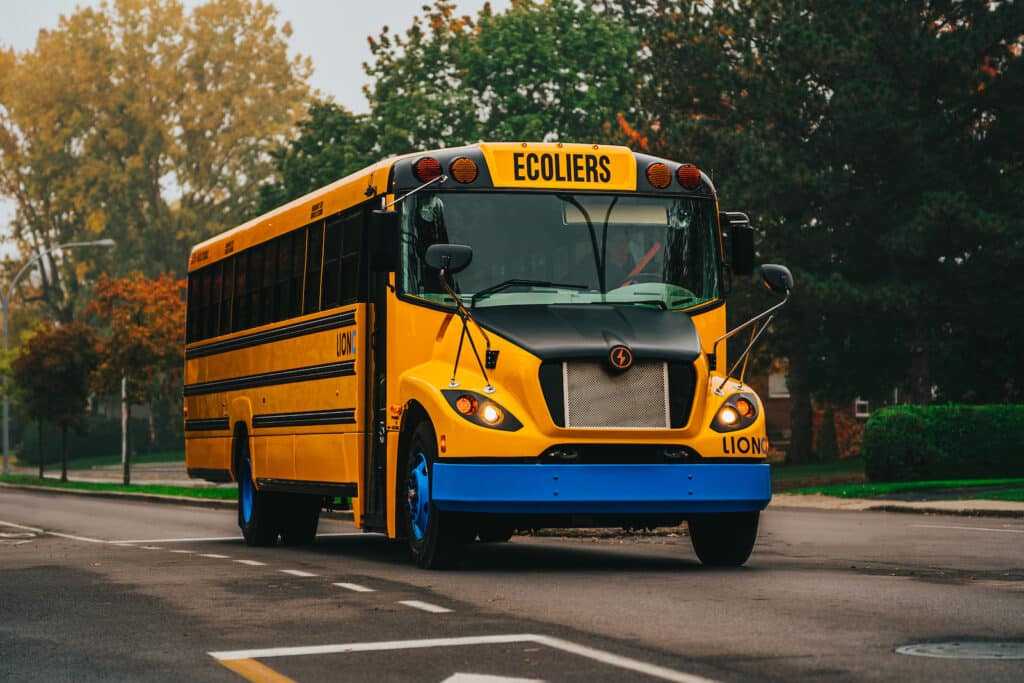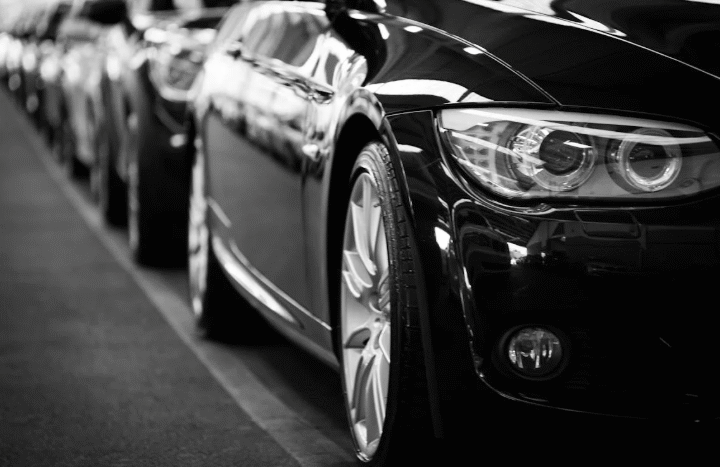
If you consider you are viewing a whole lot of new electric cars and trucks, trucks and SUVs on the roads these days, start having a closer appear at the faculty buses all over your town.

Using funding furnished by the Bipartisan Infrastructure Law of 2021, the EPA has expanded the new Cleanse School Bus (CSB) application. EPA introduced Sept. 29, it would nearly double the funding awarded for clean college buses this calendar year pursuing superior need from school districts across the United States that applied for the 2022 CSB rebates.
The plan will now offer up to $5 billion for the duration of the next five many years (U.S. governing administration fiscal a long time 2022-2026) to change existing ICE-run school buses with zero-emission and low-emission designs.
“The Bipartisan Infrastructure Regulation of 2021 authorizes EPA to present rebates to substitute current college buses with clear and zero-emission (ZE) versions to minimize dangerous emissions from more mature, dirtier buses,” states a launch from the EPA.
The 2022 rebate software interval closed in August with requests from faculty districts in all 50 states, Washington D.C., Puerto Rico, the U.S. Virgin Islands, Guam, American Samoa, and federally regarded Tribes. All are in search of to obtain electrical and lower-emission college buses.

In whole, the EPA received about 2,000 programs requesting almost $4 billion to change additional than 12,000 buses. The 2022 rebate method will fund approximately 2,500 of all those requests. The relaxation will be thought of more than the remaining four decades of the system.
The awards introduced for 2022 approximately doubled the $500 million at first allotted, boosting the volume to $913 million owing to wide curiosity in the program. Vouchers awarded in this preliminary round of EPA funding are conditional on buses becoming requested from October 2022 to April 2023, and charging infrastructure getting put in and autos sent by October 2024.
Initial EV bus delivered
The Lion Electric Co. is a Quebec-centered manufacturer of all-electric powered medium- and weighty-responsibility motor vehicles. This week, the firm declared that it has finished supply of its first LionC zero-emission college bus funded by the CSB system. The bus was shipped to Mount Desert Island Regional Faculty Method in Bar Harbor, Maine. The bus was produced at Lion’s new manufacturing facility in Joliet, Illinois. The manufacturing facility there is in the beginning focused exclusively on the production of all-electric university buses that qualify for these EPA grants.

When it reaches its capability, Lion expects this facility will be ready to make up to 20,000 medium- and hefty-responsibility motor vehicles yearly. EV bus deliveries have also been finished to Wabaunsee County Educational facilities in Kansas and Large Valley Joint Unified Faculty District in Northern California.
“It is extremely remarkable for us to be providing our very first ‘made in America’ LionC funded by a grant under the EPA’s Clear Faculty Bus Plan,” mentioned Nate Baguio, Senior Vice President of Professional Growth at Lion Electric. “We are pleased to be supporting Mount Desert, in both of those their adoption of zero-emission school buses and their determination to the health of the students and the neighborhood.”
Touching all the bases
In addition to production buses and trucks, Lion presents charging infrastructure with LionEnergy, proprietary EV telematics with LionBeat, funding assistance with LionCapital Answers, driver/servicing/safety instruction from Lion’s BrightSquad and funding support aid furnished by the LionGrants team.
To date, Lion states that the business has deployed about 800 all-electric powered medium and weighty-obligation motor vehicles which have protected far more than 10 million miles in actual planet disorders. According to the organization, every single Lion all-electrical bus put into procedure can get rid of up to 23 tons of greenhouse gasoline emissions for every year, even though avoiding human publicity to hazardous particulate emissions from diesel engines.


 5 Common Car Problems You Should Be Prepared for
5 Common Car Problems You Should Be Prepared for  What Makes Dunlop Tyres The Best Choice For Drivers In Dubai?
What Makes Dunlop Tyres The Best Choice For Drivers In Dubai?  The Different Types Of Cooper Tyres Available In Dubai
The Different Types Of Cooper Tyres Available In Dubai  The Latest Continental Tyre Technologies In Dubai
The Latest Continental Tyre Technologies In Dubai  TOM’S Angel T01: As Rare & Real As It Gets
TOM’S Angel T01: As Rare & Real As It Gets  Smart budgeting strategies for tradespeople
Smart budgeting strategies for tradespeople  Exploring New Car Ratings: A Comprehensive Insight into Automotive Excellence
Exploring New Car Ratings: A Comprehensive Insight into Automotive Excellence  Vintage Ring Settings Loved by London Couples
Vintage Ring Settings Loved by London Couples